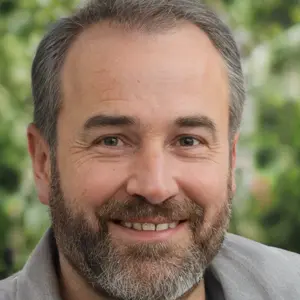Is deadheading harmful to pollinators?

Written by
Kiana Okafor
Reviewed by
Prof. Charles Hartman, Ph.D.Pollinators and deadheading can coexist nicely if you are mindful. Leaving a few flowers intact will supply nectar sources, for the pollinators, while the cutting encourages the plant to put out new growth. I have lavender that I try to do this with; the pollinators will swarm the tops of the purple spikes that I leave alone, and the cuts will yield more flowers in a few weeks.
Selective Bloom Removal
- Leave 30% of flowers on each plant
- Prioritize removing fully spent blooms only
- Preserve buds and newly opened flowers
Plant-Specific Timing
- Deadhead lavender after first flowering
- Let salvia blooms fade naturally in late summer
- Keep coneflower seedheads standing through winter
Lavender displays a lovely sense of balance as I remove half the stems, leaving the very important ones to sustain the bees while the flowers regrow in the trimmed positions. I am trying to achieve a continuous flow of nectar, which varies in abundance but more or less stays the same. Butterflies prefer older blooms even so, as each time they cut, they improve foraging behaviors.
Refrain from large, sweeping gestures. Adverse cutting meadows segments destroys butterfly host plants. Instead, remove wilted flowers in a mosaic fashion, or a pile in one segment and spare a few other segments. My zinnia bed now looks like a buffet table for pollinators where flowers are being rearranged to emphasize newly blossomed and dying colors.
Read the full article: How to Deadhead Flowers for Continuous Blooms

